Why Are Michelin Tires Dry Rotting? (Causes and Prevention)
Unlike dry rot in wood, tire dry rot is not an organic development and cannot transfer from one tire to another. Dry rot is a type of tire decay that occurs as the tire ages or is exposed to damaging substances and situations. Tires with dry rot have a limited time to heal the damage before they become unsafe to drive.
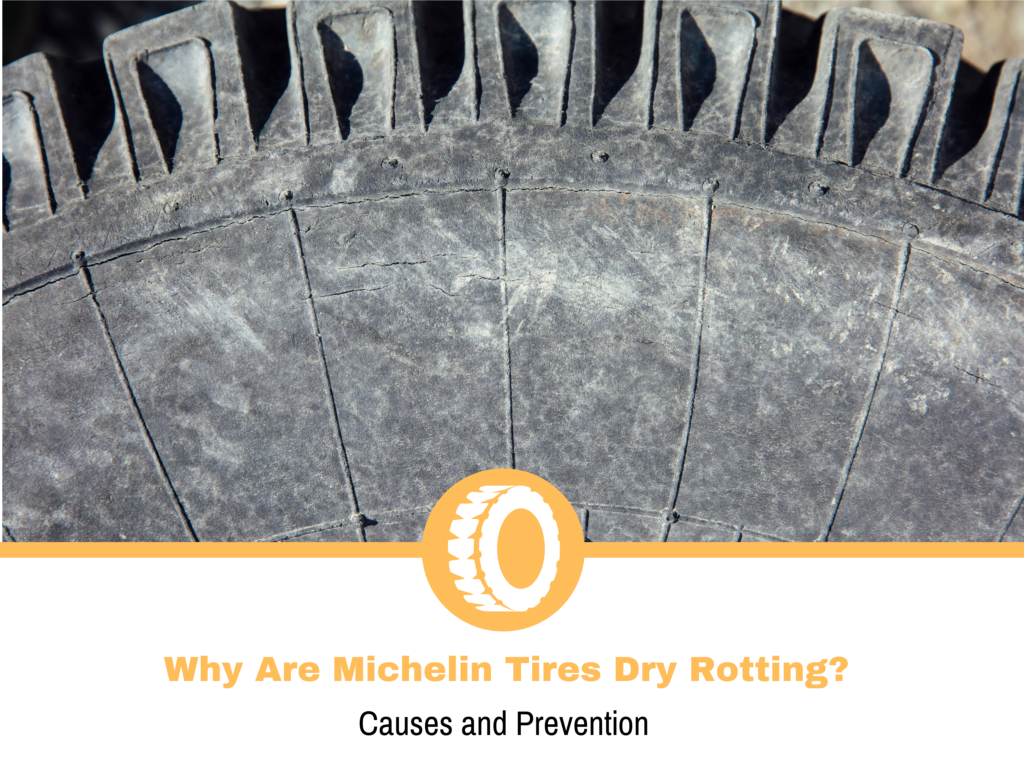
Because of natural degradation, your Michelin tire has developed dry rot. Given how frequently you drive, your tires are subjected to harsh environmental conditions. Dry rot is worsened as a result of this exposure to harsh weather conditions and other external sources.
Dry rotted tires must be replaced. Dry rot permits air to exit the tire, making appropriate inflation difficult or impossible. Dry rot can induce unnatural rubber expansion in the tire, causing it to shatter. Dry rotted tires are more prone to leaks, holes, and blowouts. In extreme circumstances, the tread may completely separate from the tire.
What Causes Michelin Tire To Dry Rot?
Consider the substances and environmental conditions that your tires are exposed to in order to prolong the life of your tires. Here are the reasons and things you should avoid
- Improper storage of tires
- Low levels of air pressure
- Excessive exposure to ultraviolet light
These are the things that you should consider and must be mindful of when it comes to your Michelin tire to avoid dry rotting.
Improper storage of tires
Dry rot is exacerbated by storing tires in hot areas. Tires, like other motor parts, are made with natural materials. The tire degrades when those materials heat up. Eventually, its tread and sidewalls will deteriorate.
Tires stored near these places are more prone to dry rot:
- Welding tools
- Generators
- Engines/electric motors
- Battery chargers
- Other ozone-producing equipment
Low levels of air pressure
According to the National Highway Traffic Safety Administration, one out of every three passenger vehicles had underinflated tires. Furthermore, when tires do not have enough air, friction becomes more intense. As a result, the tire will begin to split sooner rather than later, and dry rot will start to happen.
Excessive exposure to ultraviolet light
UV light is just too harsh, and your tires are powerless against it. As a result, when your tire becomes used to excessive heat and light, the sidewalls will begin to deteriorate.
Pay attention to the substances and situations that your tires are exposed to. Avoid these as well:
- Pool chemicals, motor oil, industrial cleaning solutions, and other abrasive chemicals
- Long periods of not using
- Extremely low and high temperature
How Does Dry Rot In A Tire Look?
Close inspection of your tire reveals dry deterioration. This includes discoloration of the tire, cracks that run parallel to the tread pattern and along the sides, and brittle surfaces.
Discoloration of the tire
Your tire is pitch black. But as dry rot begins, the color fades. Your tire will soon turn gray and lose its appeal.
Cracks that run parallel to the tread patterns
Typically, when dry rot spreads, you’ll notice crack lines going parallel to the tread patterns. The sight will not be pleasant to look at.
Crack that goes along the sides
When the weathering process begins, you’ll see more cracks appearing on the sidewalls of the tire. Depending on how bad the dry rot is, the cracks may spread to encompass a bigger region of the structure.
It looks like the rubber will fall off easily
When you buy new tires, they have a solid appearance that conveys newness. Dry rot, on the other hand, renders their surfaces brittle, and as a result, they appear overly hard. Moreover, if you try to touch the fragile places, the rubber parts may come loose and fall off.
How Long Do Dry Rot Tires Last?
Dry rot tires only last six to ten years, regardless of mileage. They may remain to year six and perish in year ten. To know when to replace tires, you need to know their manufacture year and that’s tricky.
Know your tires’ life. According to cnet.com, tire makers stamp the date into the sidewall. The common format is XXXX. The first two Xs represent the tire’s manufacture week and the last two Xs are the tire’s manufacture year. A dated example is 5107. The tire for 5107 was created in week 51 of 2007.
If your tires are older than 2015, consider replacing them. The tire is tired of all its dry rot.
Is It Possible To Repair Dry Rot Tires?
No, it is not possible to repair dry rot tires. Dry rot is unavoidable, and the only way to prevent it is to prolong the weathering process. This can be done through the following:
- Purchase a car or tire cover
- Keep cars out of direct sunlight
- Underground parking is preferable to parking on the street
Purchase a car or tire cover
If your tires spend a significant amount of time outside, you should consider purchasing car coverings. The covers will keep the tire and other parts from deteriorating as a result of the harsh weather.
Car covers are preferable since they shield the entire vehicle from the surroundings. When you purchase them, you will be able to upkeep both the tires and the rest of the vehicle’s body.
Keep cars out of direct sunlight
If you can, park your car in the shade. If not, the parking area should be cool.
Underground parking is preferable to parking on the street
The sun will heat your tires if you park on a curb. They’ll also dust faster. Avoid open parking if you can. Underground parking keeps your tires out of the sun so you won’t expose them to UV radiation, which accelerates dry rot.
Is Driving Dry-Rotted Tires Safe?
Dry rotting tires are not safe. Tires with greater dry rot are riskier. Tire rubber heats up and expands due to dry rot. The weight of the car may also expand a tire. So, if you have ‘severe’ dry rot, don’t drive.
Conclusion
You should now understand why your Michelin tire is experiencing dry rot and separation concerns. Additionally, you understand how tires become dry-rotted and how to avoid this from occurring too soon.
Tires are naturally prone to dry rot, so don’t blame the manufacturers. Instead, take proper care of your tires. As a result, your tires will last the entire time frame specified. And you’ll only change them when it’s really essential.
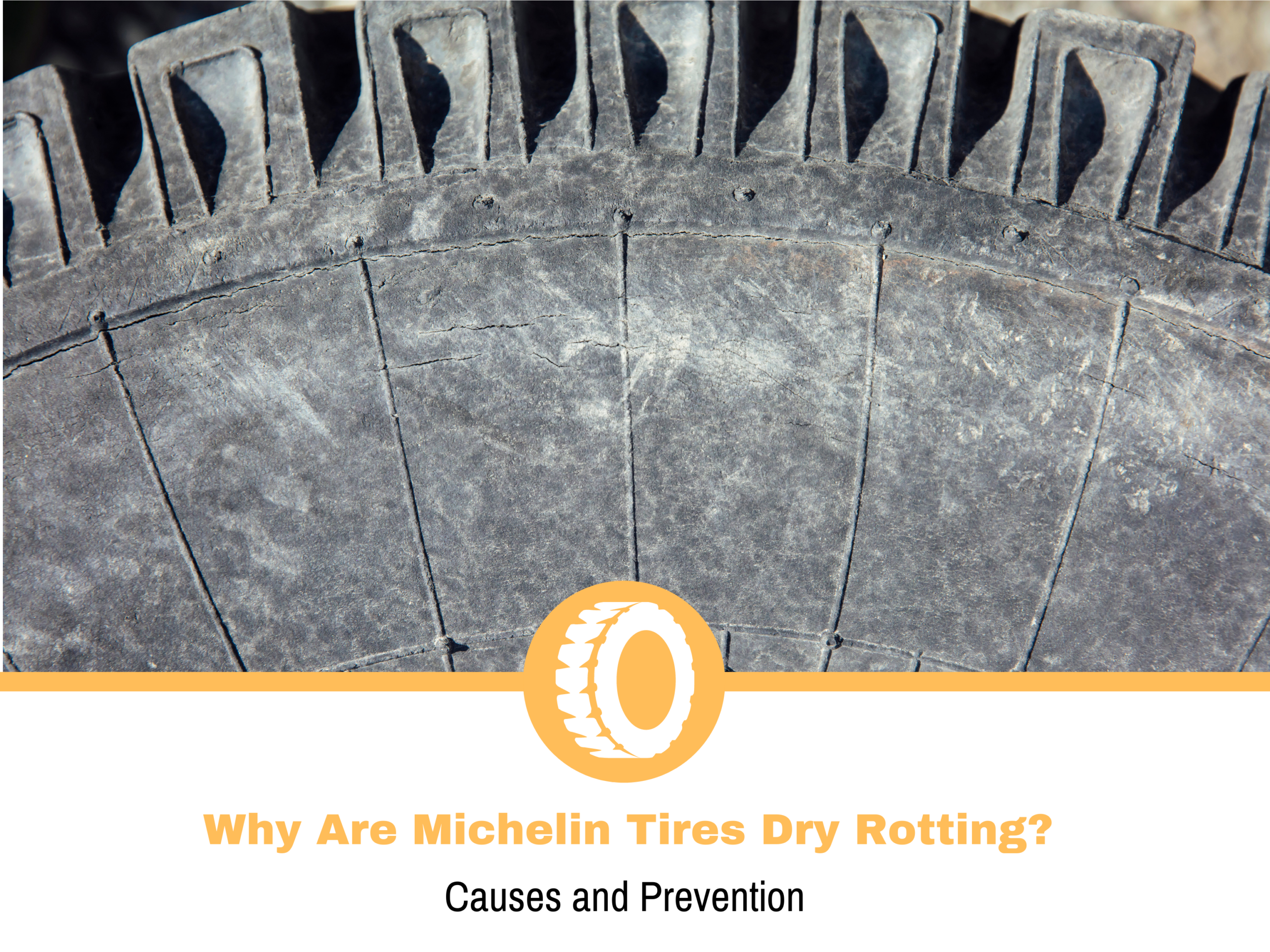
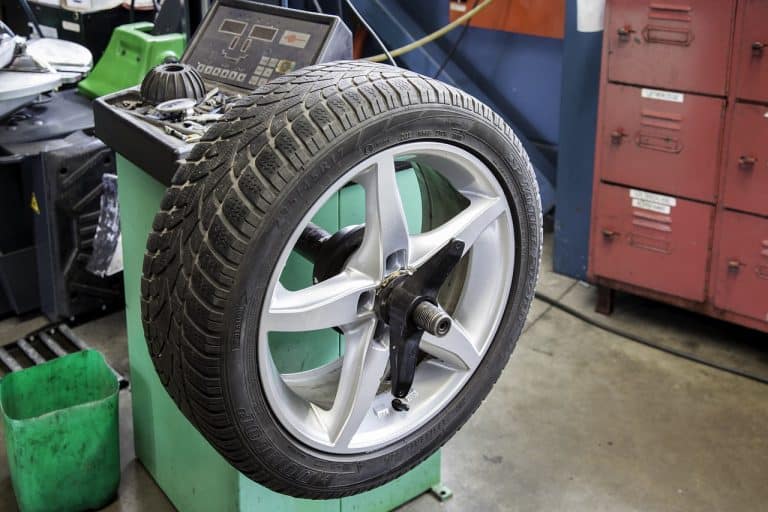
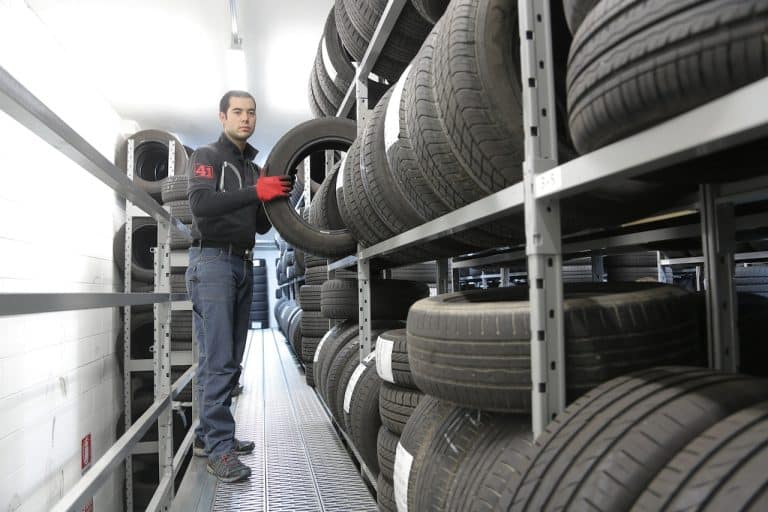
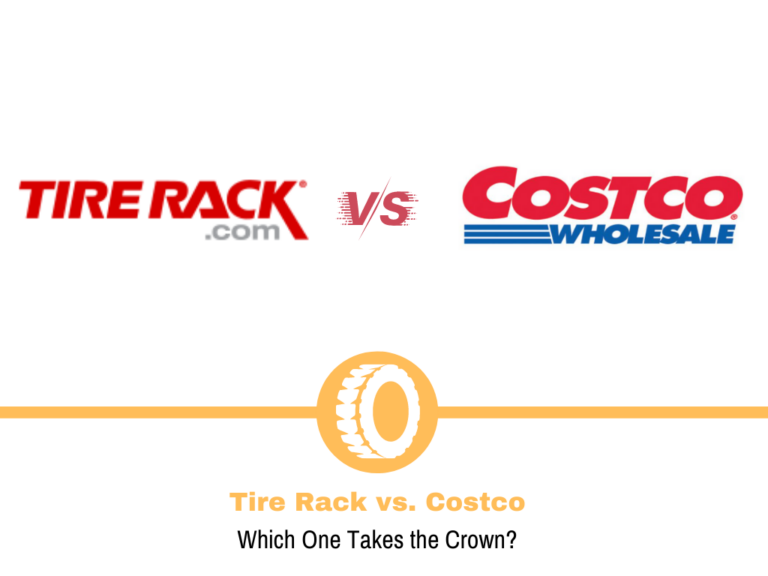

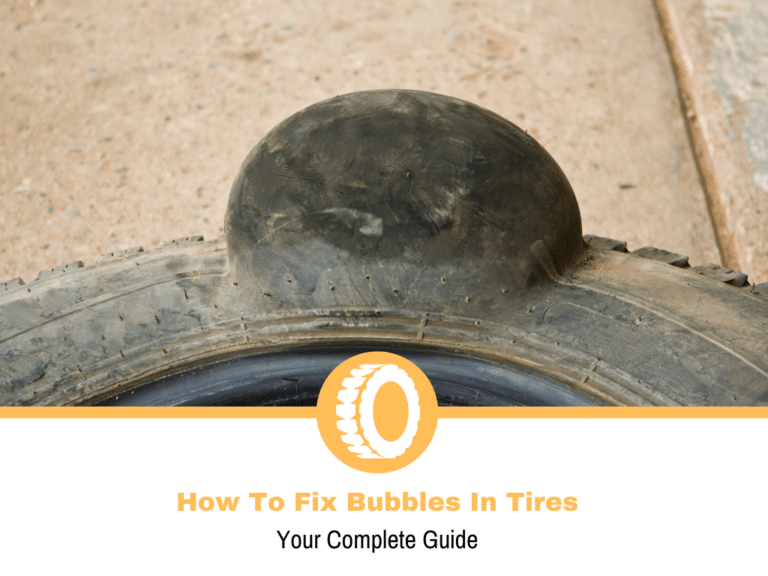
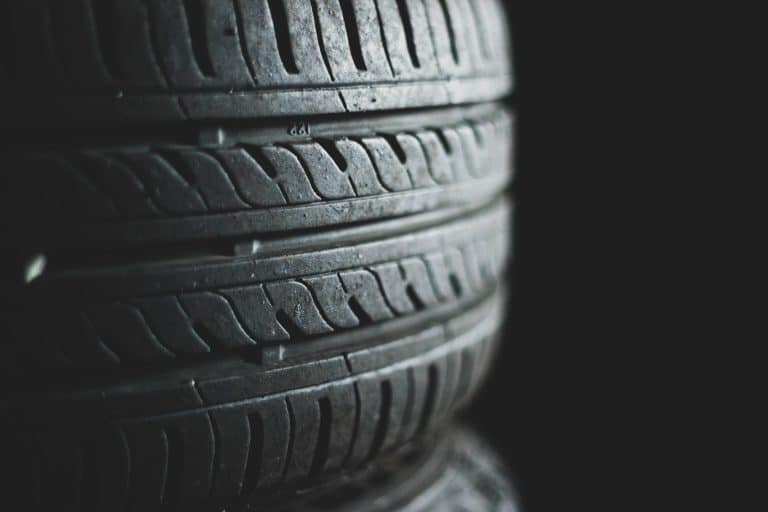
How come other brands do not rot like these Michelin’s. This is the second set (265-75 X16 ) . These tires have had excellent care and the truck is kept in an excellent garage. I am a vintage car restore and often I have customers cars come in for work and the tires on them are at times over 30-40 years old and we don’t see these issues. I have read so many complaints of Michelin on-line. Even local friends and customers have expressed the same issues along with out of round problems. This is becoming very expensive for all of us..
Second time Michelin tires dry rotted Love the ride they don’t last get 20000 miles only out of them